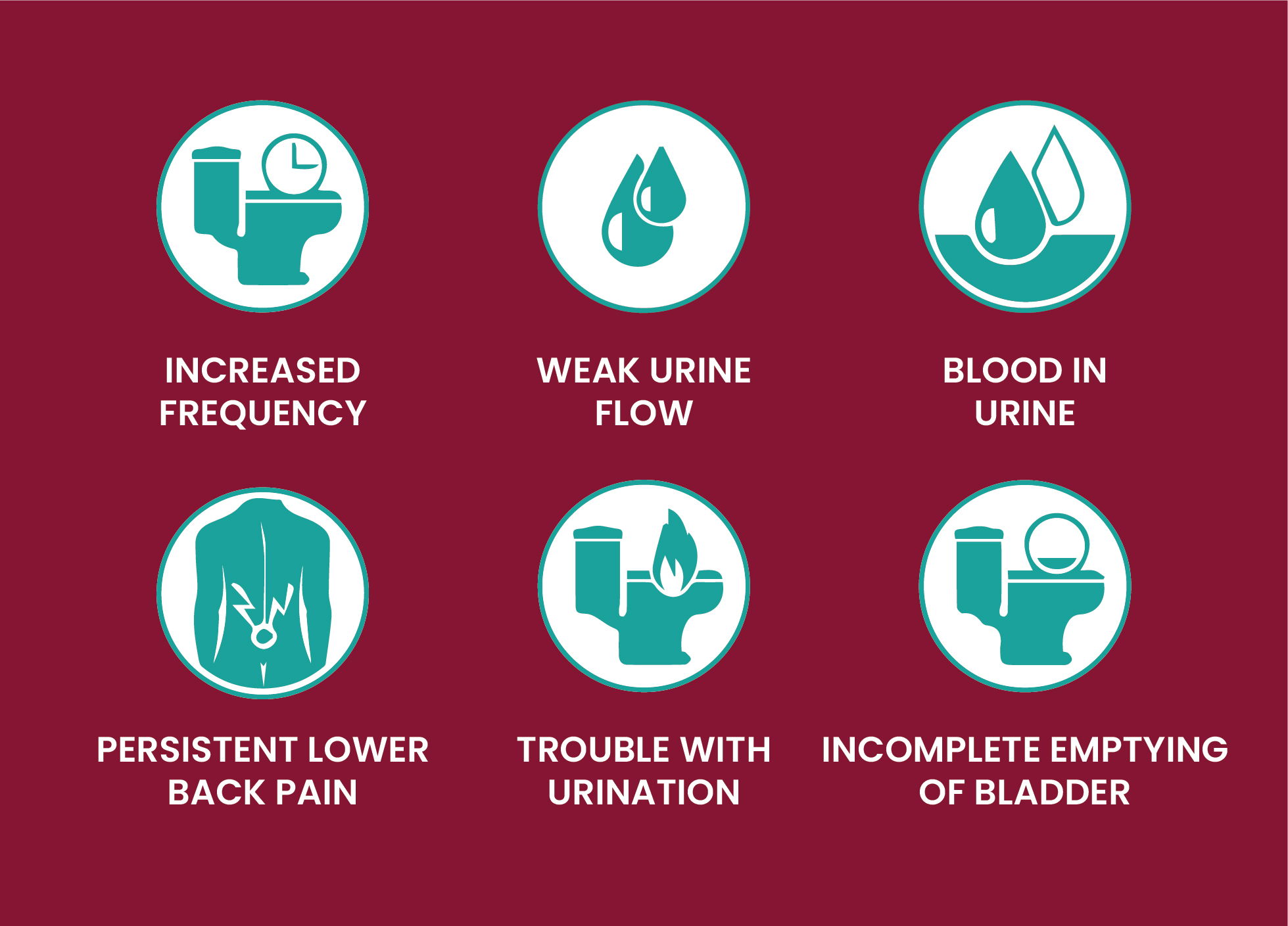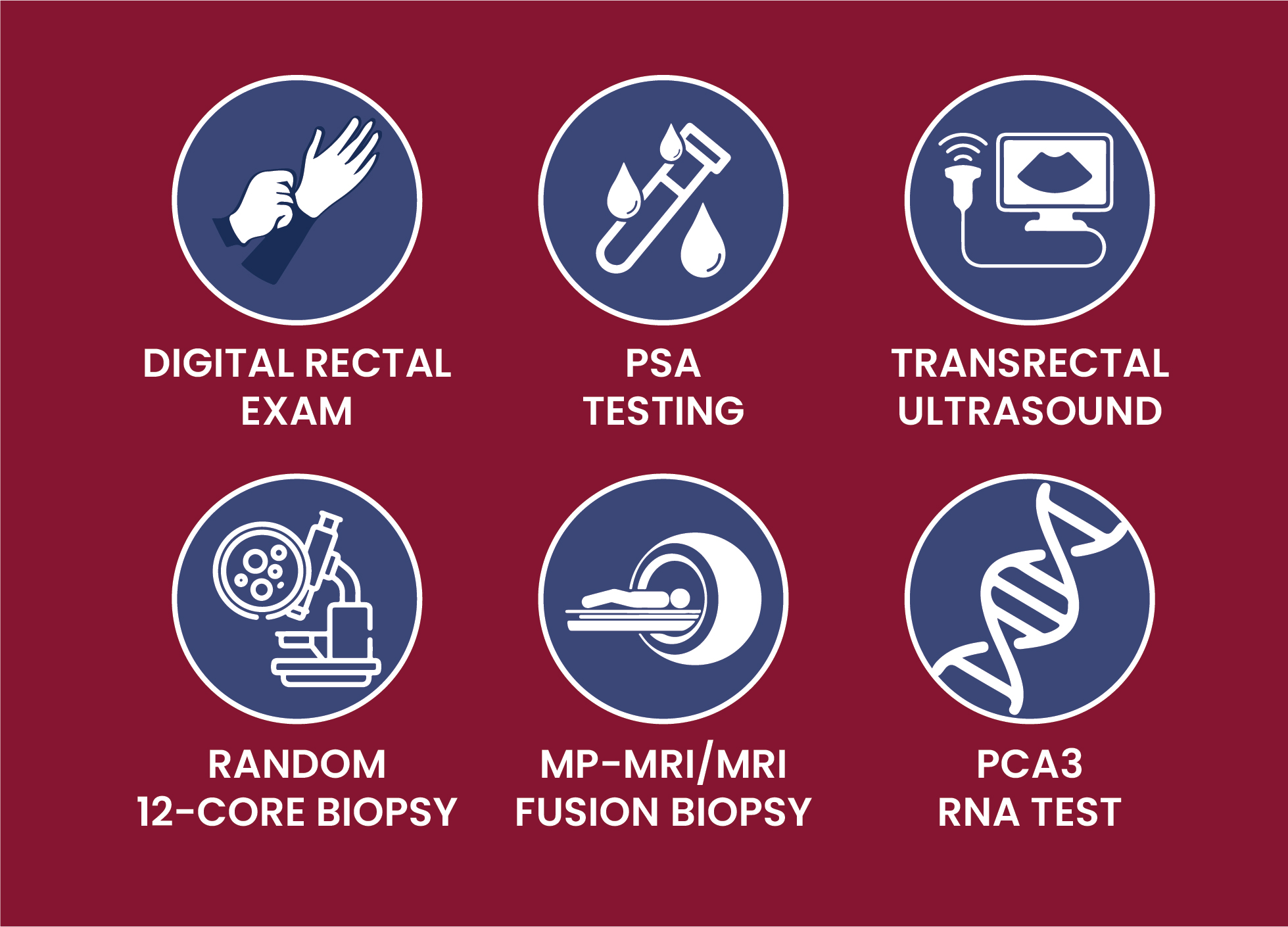Prostate Cancer
Prostate Cancer
The prostate is a small walnut-structured gland in the pelvis of men. It is located next to the bladder and can be checked by getting a digital rectal exam. Prostate cancer is a form of cancer that develops in the prostate gland. Prostate cancer is due to an uncontrolled (malignant) growth of cells in the prostate gland.Growths in the prostate can be benign (not cancer) or malignant (cancer).It is the second-leading cause of cancer deaths for men. It is the most common cancer in men; some cases of prostate cancers grow very slowly, while others are very aggressive and spread quickly to other organs.
The cause of prostate cancer is still not fully understood, but there are several factors which predispose to the development of the disease that include age, ethnicity, genetic factors, diet and physical activity.

Types of prostate cancer:
The type of prostate cancer is based on the type of cell the cancer started in.There are different types of prostate cancer. The most common type is called acinar adenocarcinoma.
Signs & Symptoms

symptoms include:
Diagnosis
Prostate cancer diagnosis is based on DRE (digital rectal examination) and prostate-specific antigen (PSA) concentration in the blood serum.

Management
There are several options available for the management and treatment of prostate cancer. Specific treatment options available for prostate cancer, depending on the stage of the disease are- active surveillance, radiation therapy, surgery, and radiopharmaceutical therapy, chemotherapy, immunotherapy, hormone therapy, and bisphosphonate therapy. According to the development of the disease, such therapy options are considered. For example, in the case of localized cancer-active surveillance, surgery or radiation therapy can be advised. For locally advanced stage- Androgen deprivation therapy and radiotherapy may be advised in combination or surgery may be seen as an option, although it is not commonly preferred. When the disease reaches the metastatic stage- Androgen deprivation therapy is general advice.
If cancer has spread beyond the prostate, treatment options change accordingly, so most experts who treat prostate cancer use a different type of nomogram to predict the probability of spread. Treatment by watchful waiting/active surveillance, HIFU, external-beam radiation therapy, brachytherapy, cryosurgery, and surgery are, in general, advised to men whose cancer remains within the prostate.
Follow-Up
Follow-up after prostate cancer treatment depends on the risk group and the type of treatment you had. If you had surgery, radiation therapy, hormone therapy, or a combination of these treatments, follow-up visits are usually scheduled: every 3 to 6 months for the first 5 years and once a year after 5 years.
